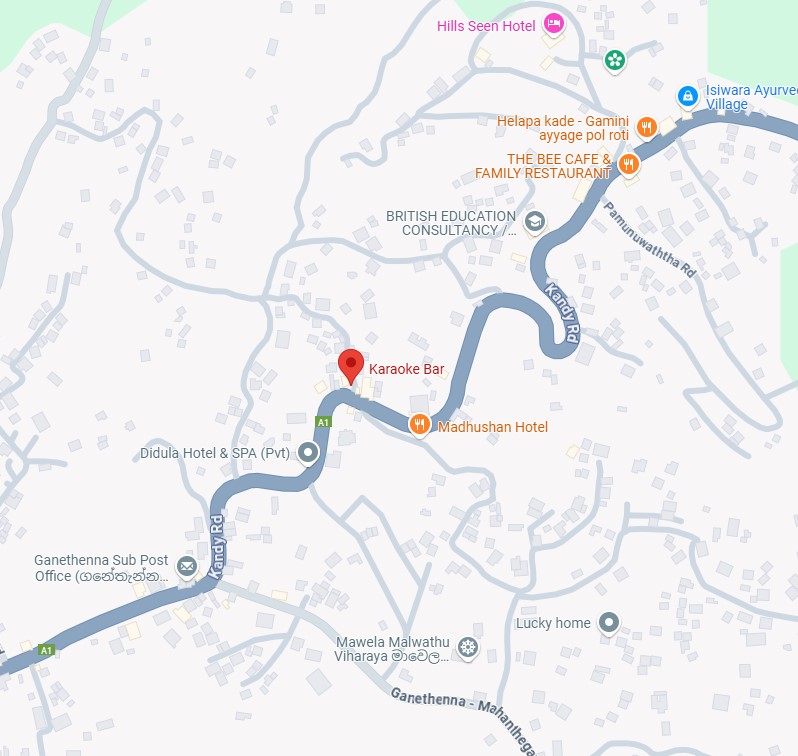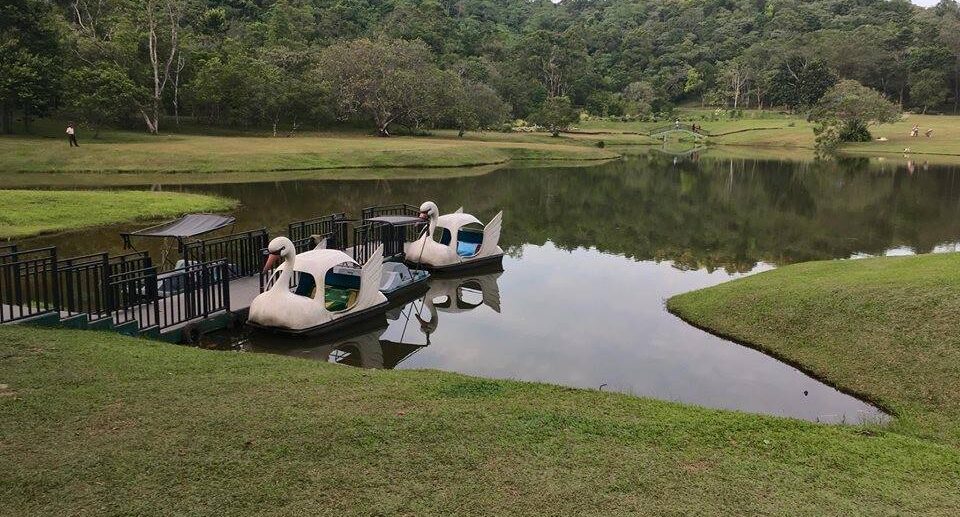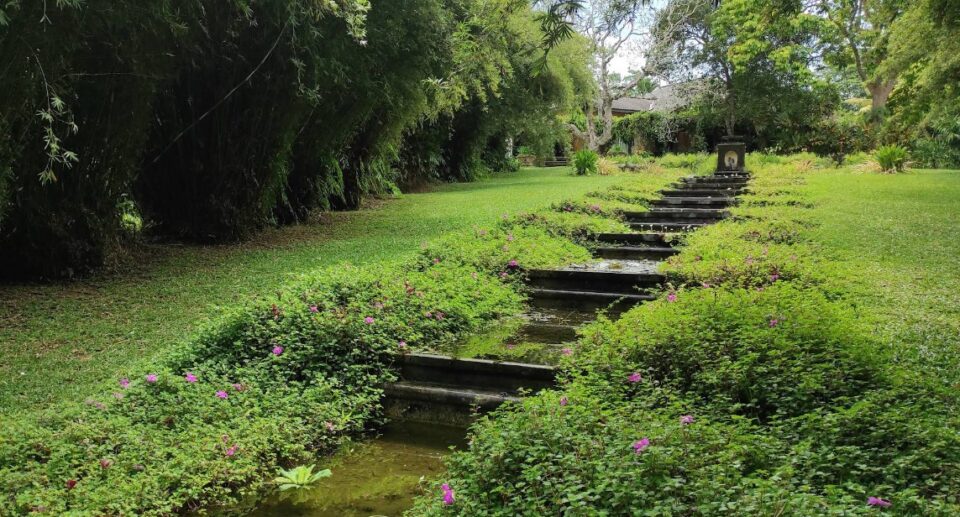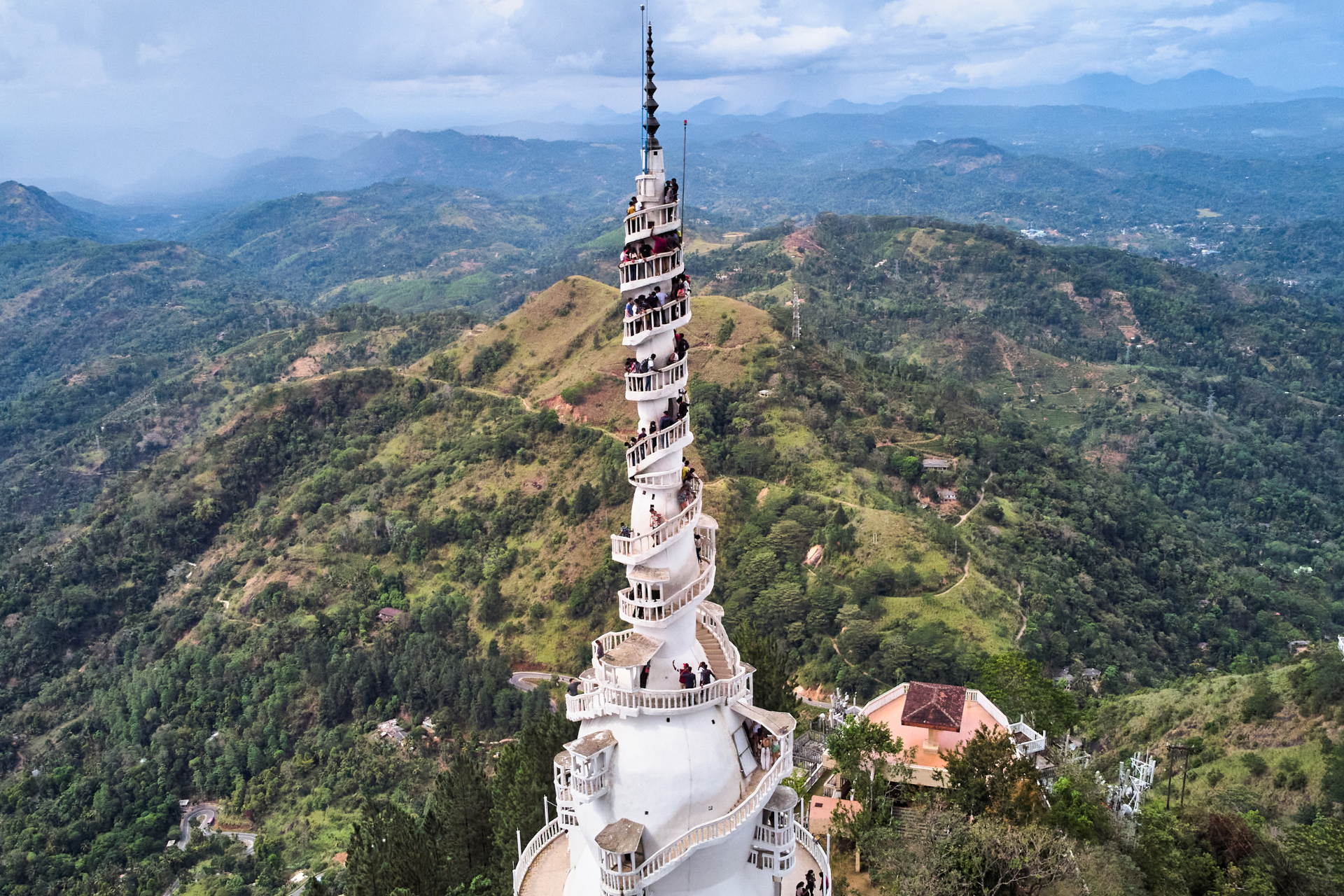Kandy Spice Walk: A Journey Through Sri Lanka’s Aromatic Heritage
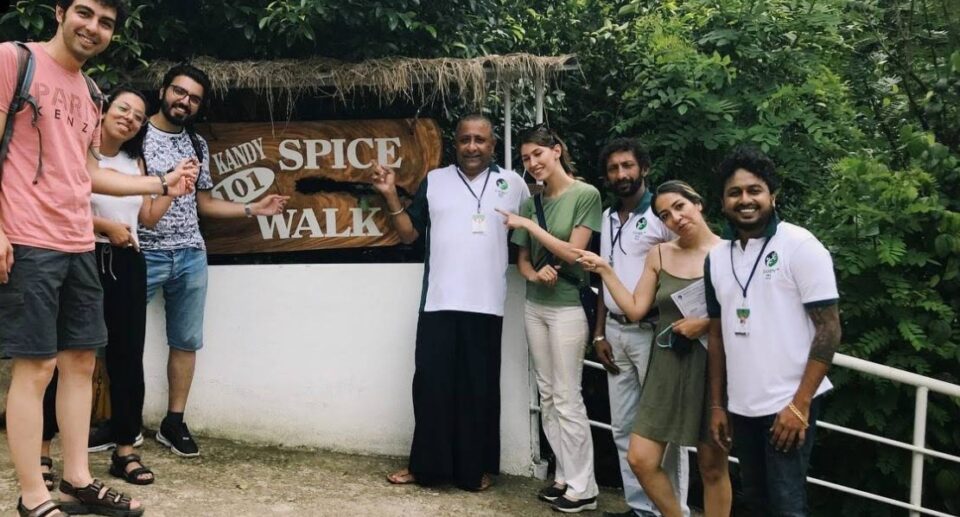
Situated in Sri Lanka’s rolling, emerald hills of the Central Province, 7 kilometers away from the city of Kandy, the Kandy Spice Walks offer visitors a fascinating, interactive exploration of the island’s rich botanical assets. This immaculately kept spice garden provides the visitor with more than an idle promenade; it immerses them in the world of Sri Lanka’s renowned spices, their gastronomic use, and their ancient medicinal virtues. Being one of the country’s rich farming cultures, this spice walk highlights the pivotal role spices play in Sri Lankan society, introducing the visitor to the way they are cultivated, harvested, and used.
Historical Background and Importance of Spices in Sri Lanka
Sri Lanka, then Ceylon, boasts a history of spice cultivation that is more than 2,000 years old. It was an important center for spice trade, particularly in medieval and colonial times, with explorers and merchants from across the globe frequenting it. Spices like pepper, cinnamon, cloves, and cardamom were among the country’s most valuable exports, making it earn its “Spice Island” appellation. Spices remain the focus of Sri Lankan cuisine and traditional medicine even today, with a number of the island’s flora famous for their curative powers.
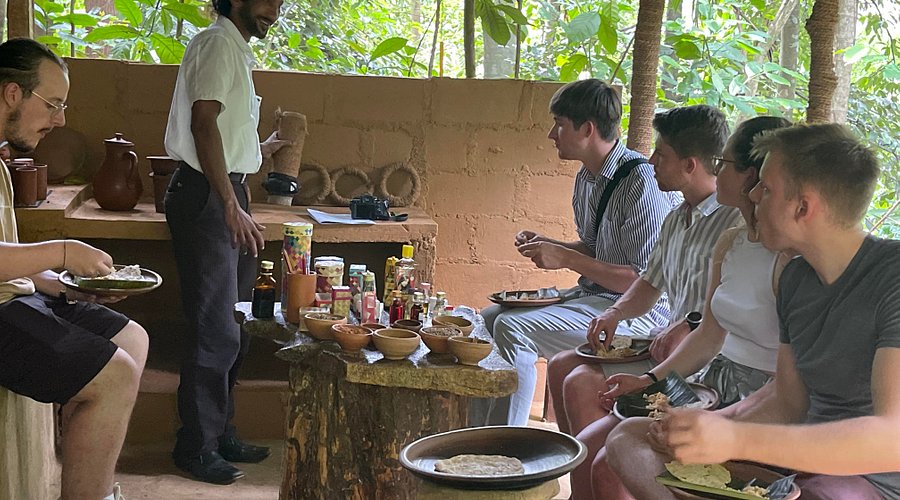
Sri Lanka’s position as a tropical island country with a broad diversity of microclimates has positioned it as an ideal place for the production of spices. The spice gardens along Kandy are a living testament to the agricultural richness of the country, where one can witness firsthand the cultivation and harvesting of these valuable crops.
The Kandy Spice Walk Experience
- Arrival and Introduction to Spices
Visitors to the Kandy Spice Walk are immediately surrounded by the beauty and peace of the surroundings. The garden nestles against the backdrop of rolling hills, and upon entry, you are greeted by a variety of plants and the earthy, sweet scent of spices wafting in the atmosphere. The garden is a mix of tropical and sub-tropical plants, with every plant playing a significant role in culinary or medicine.
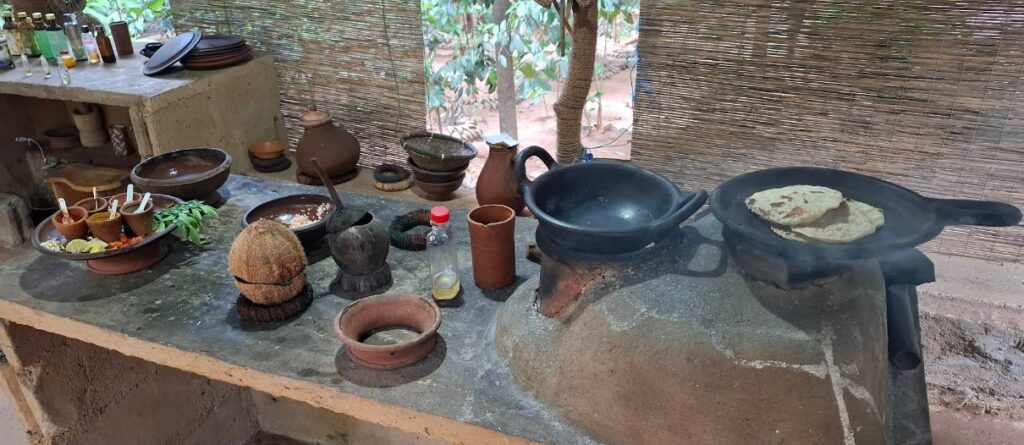
The walk is initiated by a guide, usually a resident of the area or horticulturist, who walks travelers through the different sections of the garden. The tour itself typically takes about an hour and a half, and at every stop one comes to know of a specific spice or plant and how it may be used. The guide speaks of interesting tidbits on how these spices are sown, harvested, and processed, allowing the visitors to learn more about the island’s farming.
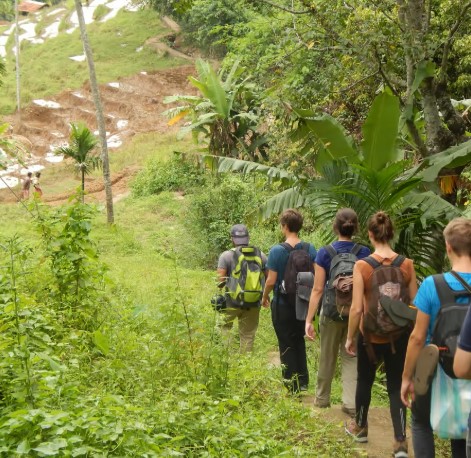
- The Identification of Spice Plants
By way of this tour, travelers get to try the various spices for which Sri Lanka is well-known. They include:
Cinnamon: Commonly referred to as “Ceylon cinnamon,” this is one of the more well-known and widely used spices grown in Sri Lanka. The tour explains how inner bark of cinnamon trees is peeled, dried, and rolled into quills. Visitors can approach the trees and even touch pieces of the bark, tracing their fingers over its smooth surface and smelling the sweet aroma.
Pepper: Sri Lanka produces a major amount of black pepper, a climbing vine. The guide demonstrates the method in which the peppercorns are cut from the vines, and one may even get to attempt to pick the pepper prior to its drying and processing.
Cardamom: Another spice that is greatly prized and grown in the area, cardamom matures in small green pods packed with aromatic seeds. The guide explains how the plant thrives in the damp climate of Sri Lanka’s hill region, and visitors will learn how cardamom seeds are used in both savory cuisine as well as sweets.
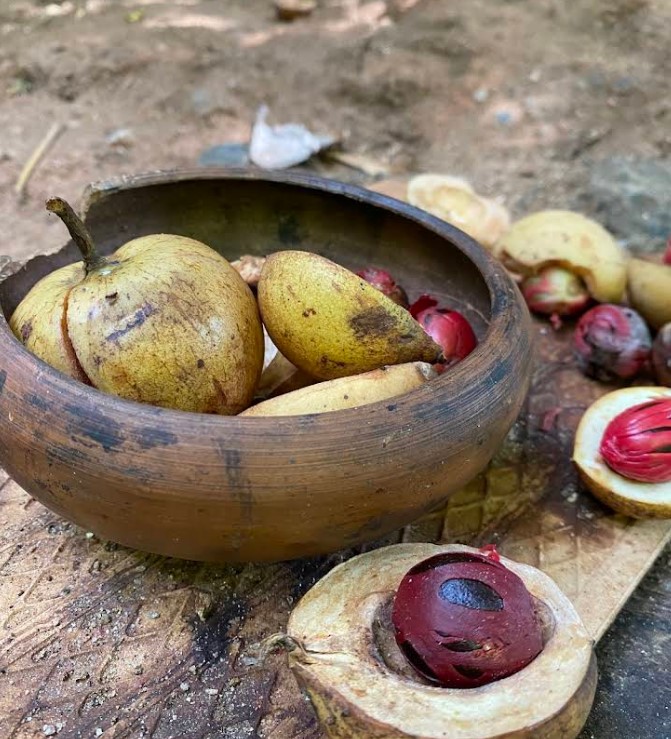
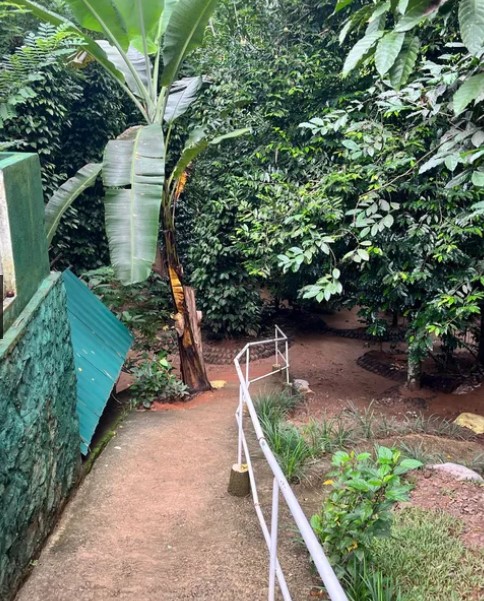
Clove: Although less commonly cultivated today, cloves remain a significant component of Sri Lankan spice tradition. The guide discusses the history of clove cultivation on the island and its role in international trade.
Turmeric and Ginger: Both of these rhizomes are integral to Sri Lankan cuisine and Ayurvedic medical practices. Travelers are introduced to the bright yellow turmeric roots and the knobby ginger, both of which are used to prepare spice blends and home remedies.
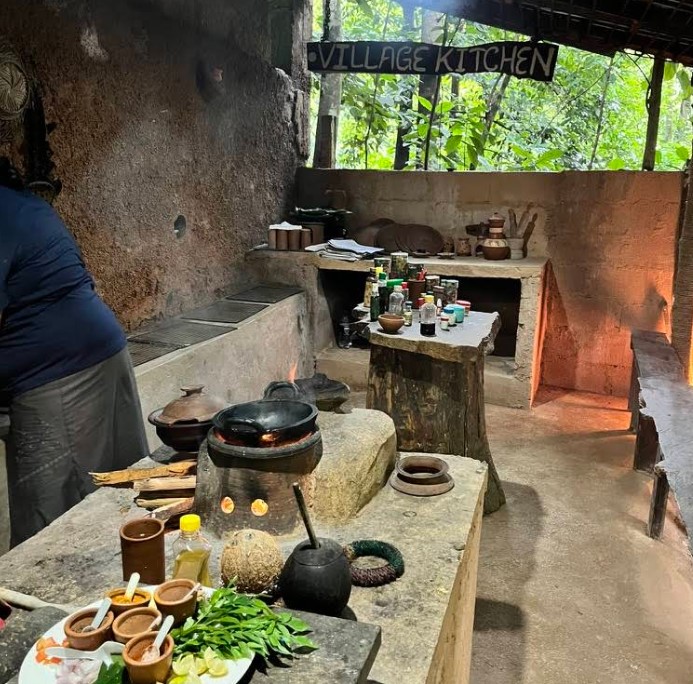
Nutmeg and Mace: These two aromatic spices are both derived from the same tree, nutmeg seed being the inner kernel and mace being the membranous covering. The author cites their numerous uses in cooking and traditional medicine practice.
In the process, one can feel the plants, smell the spices, and learn about every one of their attributes. Many of the visitors are surprised to learn that the spices one utilizes to prepare daily meals are grown in such an accessible, grounded environment. The hands-on aspect allows one to gain a deeper appreciation for the complexity of spice-making.
- Culinary Demonstration and Tasting
Following a walk through the spice garden, the latter part of the walk is devoted to Sri Lankan food, where spices come alive in food and flavor. The Kandy Spice Walk has a cooking demonstration, where one can observe and help prepare authentic Sri Lankan food using the handpicked spices.
The cooking demonstration will typically entail cooking dishes such as:
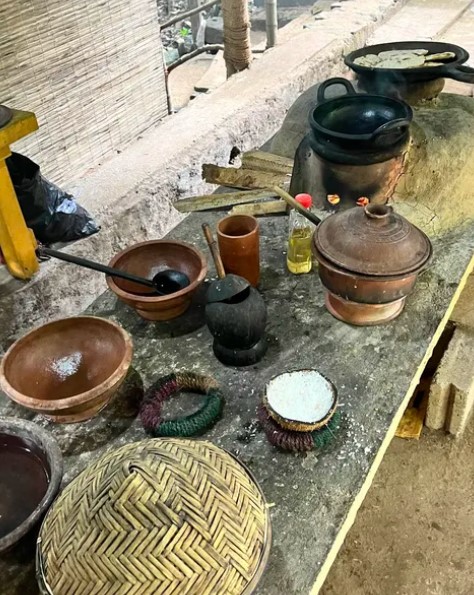
Sri Lankan Curry: A robust, fragrant curry seasoned with a blend of spices such as cinnamon, cardamom, and cumin. The chef will demonstrate the importance of achieving the right balance of spices and establishing the correct foundation for a curry.
Coconut Sambal: A classic side dish seasoned with grated coconut, chili, and spices, offering a zesty and refreshing contrast to curries.
Rice and Curry: A traditional Sri Lankan food, consisting of steamed rice served with a variety of vegetable, meat, and fish curries, each with varying spice mixtures.
Visitors are encouraged to participate in the cooking experience, discovering the method to use the spices properly in their traditional form. After the completion of the cooking lesson, they all sit and enjoy a Sri Lankan traditional meal, relishing the new flavors they’ve acquired.
- Ayurvedic Healing and Wellness
Sri Lanka’s Ayurvedic past is deep-rooted, and the Kandy Spice Walk introduces the visitor to the application of herbs and spices in Ayurvedic medicine. After the gastronomic experience, visitors are sometimes given a brief Ayurvedic massage with natural oils infused with local herbs. This is the perfect way to unwind and experience the effects of Sri Lanka’s botanical products.
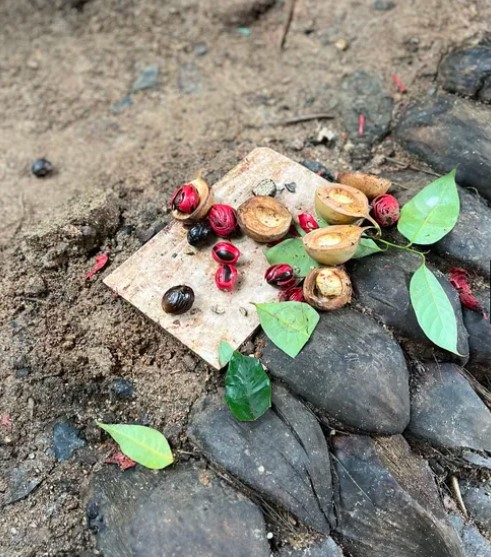
The massage is typically done by therapists who are learning Ayurvedic therapies, so that the visitors can understand the therapeutic purposes of the herbs in the spice garden. Using cinnamon oil for its sedative effect, or turmeric for its anti-inflammatory purpose, can be an eye opener.
- Shopping for Spices and Products
After the Spice Walk, travelers are able to explore the on-farm shop that offers a range of local items for sale. The shop offers top-quality spices, herbal teas, essential oils, and Ayurvedic items that are all produced sustainably on the farm. It’s an ideal stop to buy a memento or take a selection of the island’s finest spices home and attempt to replicate the island’s flavors yourself.
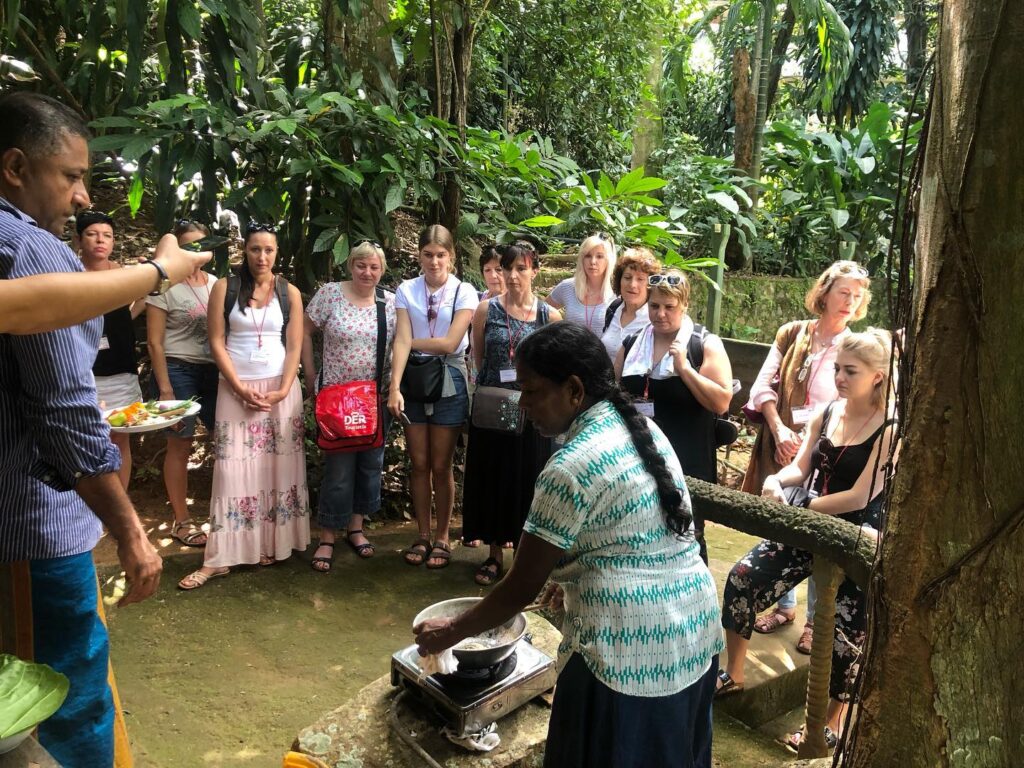
Why Go to the Kandy Spice Walk?
The Kandy Spice Walk is more than just a stroll through a garden. It’s a journey into the very depths of Sri Lanka’s spice culture, its agricultural customs, the medicinal value of plants, and its culinary heritage that has been handed down through generations. For the traveler interested in sustainable tourism, cultural experience, and understanding how spices play a role in everyday life, the Kandy Spice Walk is a must-see attraction.
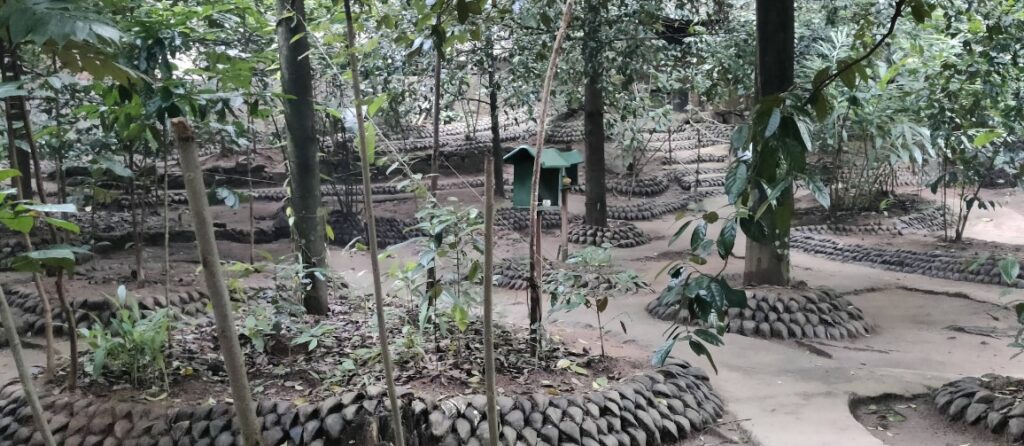
Whether you are a foodie, an outdoorsy traveler, or simply a person looking to fully experience the advantages of Ayurveda, there is something on the Kandy Spice Walk for everyone. The tour is an equal balance of learning, unwinding, and getting involved that makes it one of Sri Lanka’s most gratifying and unforgettable travel experiences.
To reach the Kandy Spice Walk from the city centre, follow the following route:
Starting Point: Begin at the Kandy Clock Tower, a city landmark located at the intersection of Sri Dalada Veediya, S.W.R.D. Bandaranaike Mawatha, and Hiragedara Mawatha.
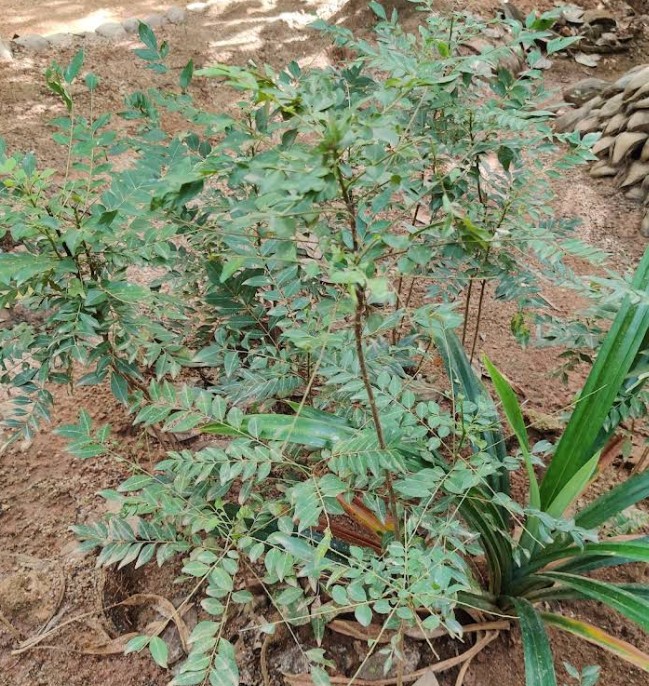
Duration: 1-2 hours
Open Hours – 7:00 AM – 8:00 PM
Route: Go north on Sri Dalada Veediya (also known as the A1 highway), which is the main road from Kandy to the remainder of Sri Lanka.
Distance: Kandy Spice Walk is about 7 kilometers from the city center.
Travel Time: Tuk-tuk or private car travel time, usually around 15–20 minutes, subject to traffic.
Arrival: Upon arrival, you are greeted by a green garden displaying a variety of spices and medicinal plants that comprise Sri Lankan cuisine and traditional medicine.
To get further information or book a tour, you may refer to the official website of Kandy Spice Walk or contact them.
Map of Kandy Spice Walk
